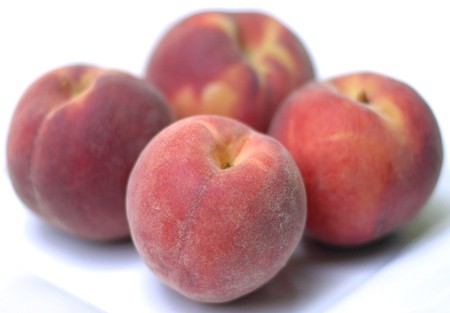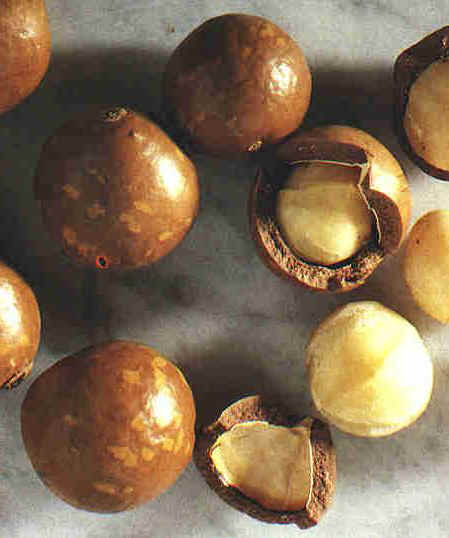The gooseberry is a species of Ribes, native to Europe, northwestern Africa and southwestern Asia. It is one of several similar species in the subgenus Grossularia; for the other related species (e.g., North American Gooseberry Ribes hirtellum), see the genus page Ribes.
Although usually placed as a subgenus within Ribes, a fewtaxonomists treat Grossularia as a separate genus, althoughhybrids between gooseberry and blackcurrant (e.g., theJostaberry) are possible. The subgenus Grossularia differs somewhat from currants, chiefly in their spiny stems, and in that their flowers grow one to three together on short stems, not inracemes.
Benefits of Gooseberry
Gooseberries are said to be real sweet gift of nature. Gooseberries are really delicious, sweet and an easy to eat fruit. It can be served as it is. It is also included as a major part in desserts. Gooseberry is said to be a very good source of vitamins. Berries contain certain elements which in rare cases help preventing infections. According to a study it was found that gooseberries help preventing bladder infections, and also it was found that gooseberries contain certain anti-cancer properties. Gooseberry is a rich sorce of Vitamin C, fiber and also it contains potassium. Some species also contain actinidin which helps in digestion. Gooseberry is also help maintaining blood pressure, heart and also good immune system. Generally it is said that a large gooseberry contains around 60 calories.
The fresh fruit contains more than 80% of water besides protein, carbohydrates, fibre, minerals and vitamins Minerals and vitamins mainly include cacium, phosphorus, iron, carotene, Vitamin C and B complex. It also contains gallic acid, which is a potent polyphenol.


Adolfo
It sounds like you’re creating problems yourself by trying to solve this issue instead of looking at why their is a problem in the first place
Lu
thanks, your article is very informative.